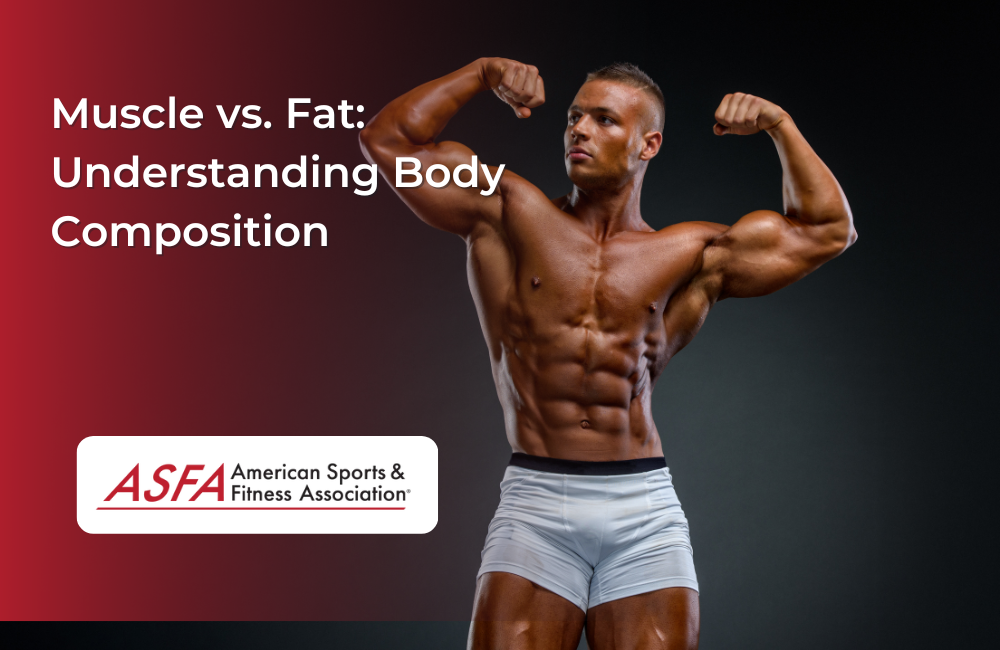When you hear the words "body composition," what comes to mind? Do you think of muscular arms and lean legs, or do you think of flabby bellies and soft thighs? If your answer is "neither" or "both," then this article is for you. Here's how I define body composition and why it's so important:
In a professional tone
As an athlete, one of the most important things I can do is keep track of my body composition. Being lean isn't just about looking good in the mirror; it's about having more energy to work out and less risk of injury or illness. Plus, knowing your BMI (body mass index) can help doctors diagnose certain health issues like diabetes or osteoporosis early on. So what exactly makes up your weight? Well, there are three different types—muscle, fat, and water—and each plays a big role in determining how healthy someone looks on the outside as well as feels inside!
Body composition is the ratio of fat to muscle in your body.
Body composition is the ratio of fat to muscle in your body. You can measure body composition by using a skin fold caliper, bioelectrical impedance, or hydrostatic weighing. You can also estimate it by using a tape measure.
People with a lot of fat in their bodies are likely to develop cardiovascular disease and diabetes even if they have low body fat percentages. Even if you have a low body fat percentage, you may still be at risk for heart disease if you have a high muscle mass because this means that there might be more cholesterol circulating around your blood vessels due to increased activity levels (and thus greater demand). A person with similar height and weight could have different compositions depending on how much lean mass or fat tissue they had gained over time; therefore it's important to know what kind of shape your body is really in before setting fitness goals!
There are two types of body composition:
When it comes to health and fitness, there are two types of body composition:
- Muscle vs. Fat
- Lean muscle vs. fat mass (or lean body mass)
These are the two most important things to measure when determining your overall health. Lean muscle mass is an indicator of strength, endurance, power, and metabolism--and it's also a good predictor for overall lifespan! On the other hand, fat mass has been linked to heart disease and diabetes risk factors like high blood pressure and cholesterol levels in addition to obesity-related illnesses such as arthritis or back pain.[1]
How do you measure body composition?
There are many ways to measure body composition. The most accurate way is through a DEXA scan, which uses X-rays to determine your body fat percentage. However, this can be expensive and requires that you visit a doctor or specialist.
Other methods include skinfold calipers (which measure the thickness of your skin), bioelectrical impedance (which uses an electric current to estimate water levels in the body), and air displacement plethysmography (it uses air pressure on different areas of your body).
Air displacement plethysmography tends to overestimate muscle mass and underestimate fat mass compared with other methods such as hydrostatic weighing or underwater weighing.[1] It also does not work well for people who have large amounts of muscle mass because it only measures surface area instead of volume.[2]
What are the benefits of knowing your body composition?
Knowing your body composition can be beneficial in many ways. It can help you determine if you're healthy, how fit you are, and whether or not it's time to make some changes to your lifestyle. Body fat percentage is also used as a way of measuring fitness level; for example, people who want to lose weight may use it as a way of tracking progress toward their goals.
There are several different methods for calculating what percentage of your body is made up of fat tissue:
- Skinfold measurement -- This technique involves taking skinfold measurements at various locations on the body using calipers that measure how thick the subcutaneous fat layer is at each site (the layer just below our skin). The sum total of these measurements gives us an estimate of total percent body fat; however, this method isn't very accurate because two people could have different amounts of muscle mass yet similar amounts of subcutaneous fat--so one might appear fatter than another despite being healthier overall!
Knowing your body composition can help you determine your overall health, fitness level, and weight goals.
Knowing your body composition can help you determine your overall health, fitness level, and weight goals.
- Knowing whether or not you're at a healthy weight or overweight can help you make better choices about what to eat and how much activity to get each day.
- If you have a high muscle mass and low-fat amount, then it's likely that some of the extra weight on the scale is due to muscle rather than fat--and that's good news! This means that when it comes time to lose pounds (or maintain), losing fat will be easier because there's less of it in the first place. In contrast, if someone has low muscle mass with lots of visceral fat (the kind stored around organs), then this person may find themselves struggling more than others when trying to shed pounds because they have more visceral fat stores which need burning off first before any progress can be made towards losing weight overall."
Conclusion
We hope that this article has helped you understand the difference between muscle and fat, as well as the benefits of knowing your body composition.





